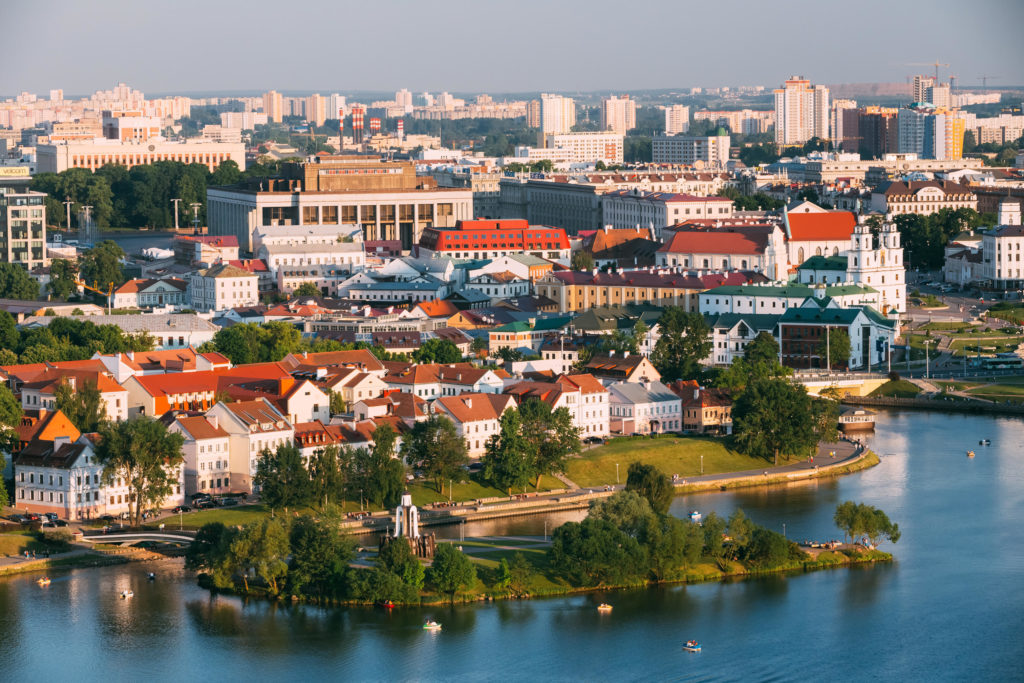The economy of Belarus expanded by 2.7 percent year-on-year in January, supported by growth in manufacturing and industries, despite sanctions imposed by the West last year.
In nominal terms, GDP reached 14.9 billion rubles ($5.6 billion), the State Statistics Committee said. Growth in the industry was 7.2 percent, in mining – 8.9 percent, in the processing industry – 7.7 percent.
In 2021, gross domestic product (GDP) grew by 2.3 percent after contraction by 0.9 percent in 2020, supported by a buoyant manufacturing output and a smaller fall in construction activity as well as growth in wholesale and retail trade and transportation. In nominal terms, GDP reached around $70 billion. The government initially forecast 1.8 percent economic growth in 2021.
Belarus’s economy returned to growth in the first quarter of the last year, despite shocks from the oil sector, the pandemic and political developments.
The European Union imposed wide-ranging sanctions on Belarus in June last year in response to the grounding in May of a Ryanair plane flying over Belarus and the arrest of a dissident journalist.
The sanctions followed a ban for the EU entities from investing in new Belarusian state debt, including bonds and loans issued after June 29, with a maturity of more than 90 days.
According to the World Bank’s latest forecast, Belarus’s GDP is projected to contract by 2.8 percent in 2022 and return to growth at 2.3 percent in 2023.
The International Monetary Fund (IMF) projection stands at 1.3 percent in 2022. Annual inflation is projected at 7.1 percent this year.
Fitch, which rated Belarus’s long-term foreign-currency Issuer Default Rating (IDR) at ‘B’ with a Negative outlook, forecast economic growth to slow to 0.3 percent in 2022 as base effects dissipated and the impact of sanctions intensified.
The agency said in November that the current account was expected to return to the deficit this year due to an easing of prices for key exports, higher transportation costs and more subdued growth in IT service exports. The 2022 budget projects a narrowing of the deficit to 2.4 percent of GDP from 3 percent in 2021, in line with Fitch’s forecast. Revenues will be impacted by a less buoyant external environment and lower growth, Fitch said.

